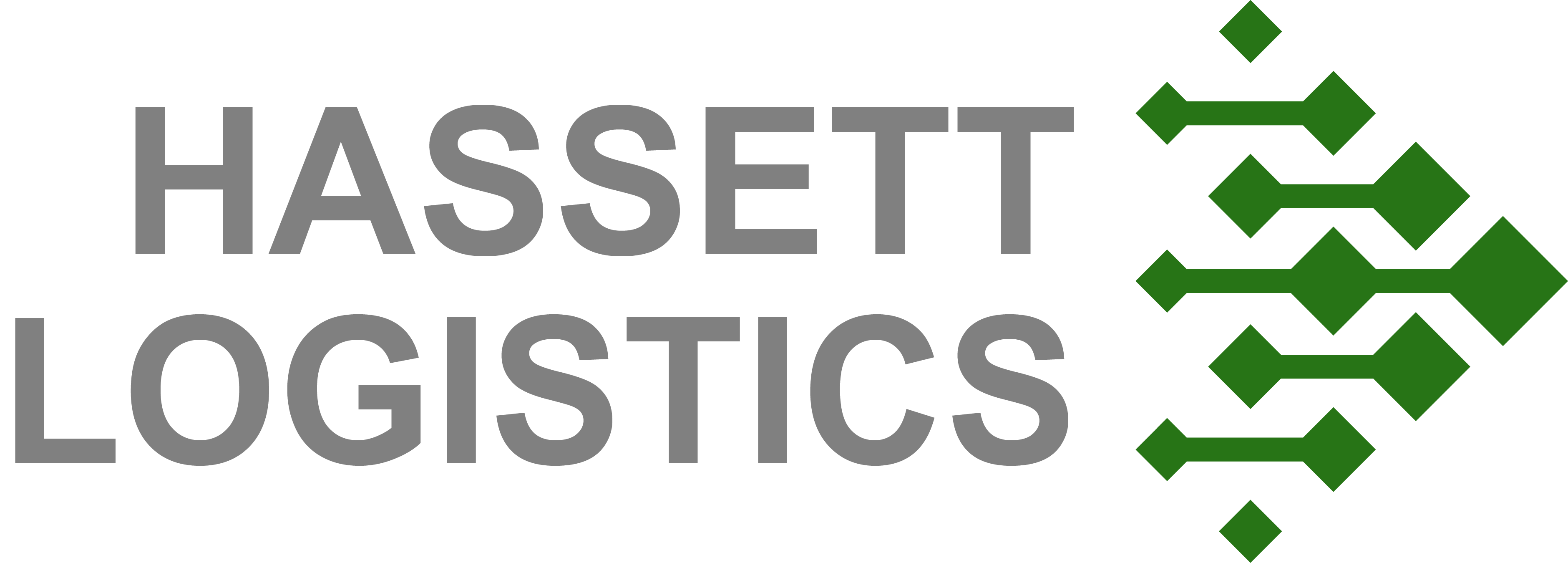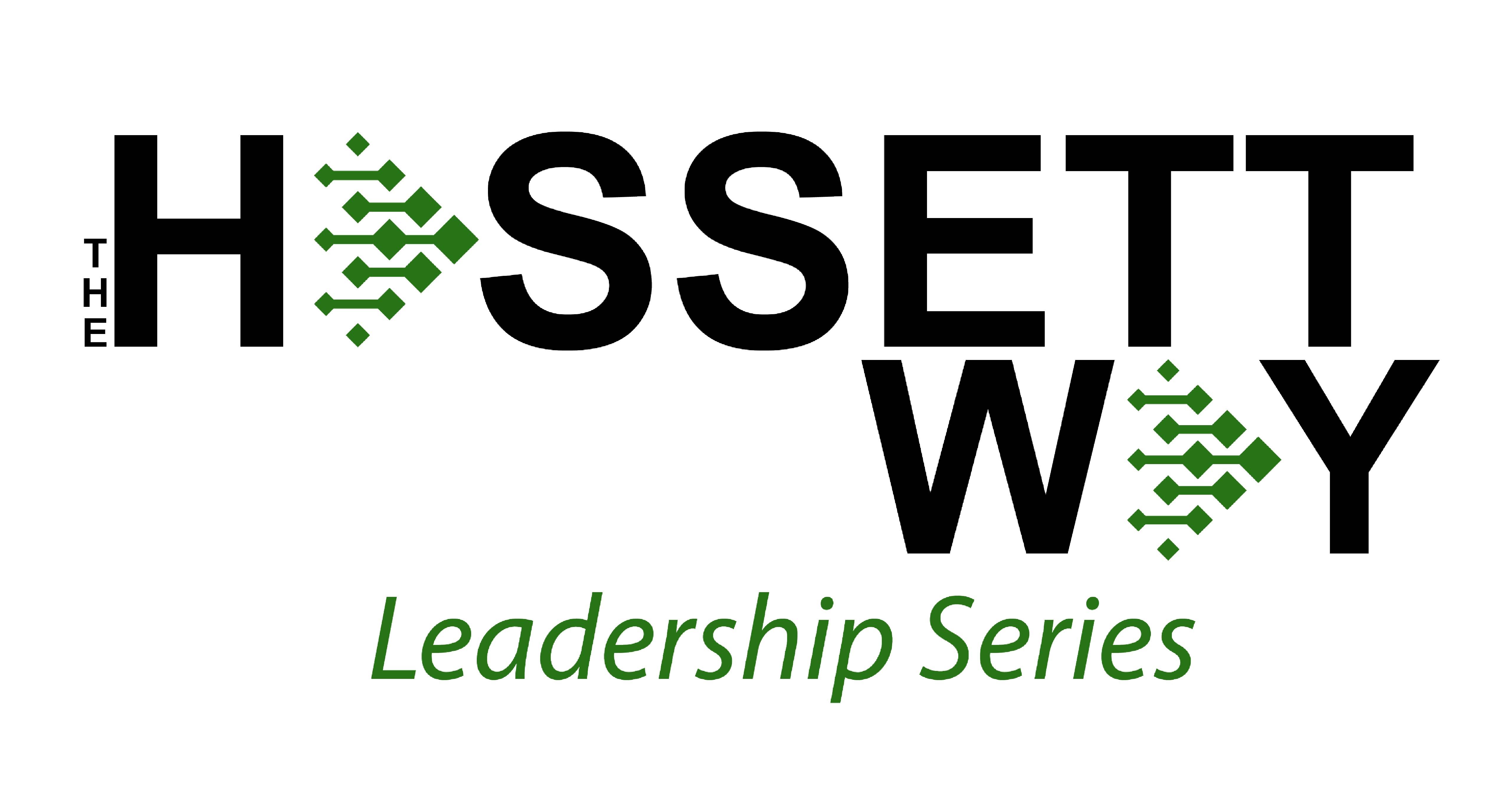This is the 3rd blog in our Leadership Series. If you'd like to view the entire blog series, you can click here.
About the author:
Mary Long is the Managing Director of Global Supply Chain Institute's Supply Chain Forum at the University of Tennessee, Knoxville's Haslam College of Business. She is a board advisor, lecturer, writer, and international speaker.
Before COVID-19, consumers, policy makers and even corporate executives were mostly oblivious to the global complexity of supply chains. This year’s empty grocery shelves and missing medical supplies changed that. Wide spread interest and curiosity abound related to logistics associated with the movement and distribution of new vaccines. Why do they need to ship at a certain temperature? How does that work? Bookies now have another whole world to create bets about. In fact, nine months after the pandemic’s onset, the majority of supply chains are still not back to “normal,” and we expect they never will be. As Heather Sheehan mentioned in her November blog, we are onto the “next” normal.

Some supply chain teams routinely prepare for disruption. You see it in the questions they ask and how they think about strategic partnerships. In February of 2019, I spoke to Pfizer’s Global Clinical Supply Chain team about supply chain visibility, agility, leadership and VUCA - volatility, uncertainty, complexity and ambiguity. VUCA has been spurring supply chain innovation for decades. Disruption on a pandemic scale has amplified the sense of urgency to build more integrated supply chains. Visibility is the new competitive advantage.
That saying, “hindsight is 2020,” sure resonates with me this year! In May of 2017, University of Tennessee, Knoxville’s “The Visible Supply Chain” white paper stated that “shippers often don’t even know where to start when it comes to pulling in, curating, and integrating vital visibility data.” That paper explored the data challenges and offered a suggestion for shippers to “move away from antiquated data formats and toward application programming interfaces (APIs) built specifically for logistics applications. Supply chain leaders who read and more importantly, acted, on that advice from 2017 would have focused their teams on closing visibility gaps with APIs in 2018 or even 2019. These supply chain teams and leaders would have had an easier time answering visibility questions in 2020.
Dr. Mary Holcomb, a supply chain thought leader, recently observed that “transportation is in the driver’s seat when it comes to delivering leading-edge practices to manage complex supply chains, fulfill consumer desires and stoke the economy’s engine.” Holcomb says “These changes were always going to come. In the last year, though, transportation managers have been jumping in to integrate systems and get products where they need to be in really interesting new ways.”
Organizations leveraging regionalized supply chains with responsive, agile delivery models have a distinct competitive advantage that will continue beyond the pandemic. Current technologies and automations that digitize and integrate supply chains enable this localized approach and allow organizations to meet increased consumer expectations.
This next normal continues to emphasize the need to build a portfolio of logistics solutions to meet customer demand and ensure service quality under diverse circumstances. Measurable solutions combining reliability and flexibility, along with trusted partners, will be the key to facing the future.
Michelle Halkerston, President & CEO of Hassett Logistics, shares this view. Michelle and her team have built their service offerings around the key tenets of reliable transportation solutions that can be adapted to changing requirements and constraints. Michelle, along with Walley Devereaux, Managing Director of Cargo and Charters at Southwest Airlines, recently contributed to the University of Tennessee, Knoxville's latest Whitepaper, Trends in Transportation: Agility, Integration & Visibility Key to Improved Supply Chains. Check out their section here.



Leave Comment